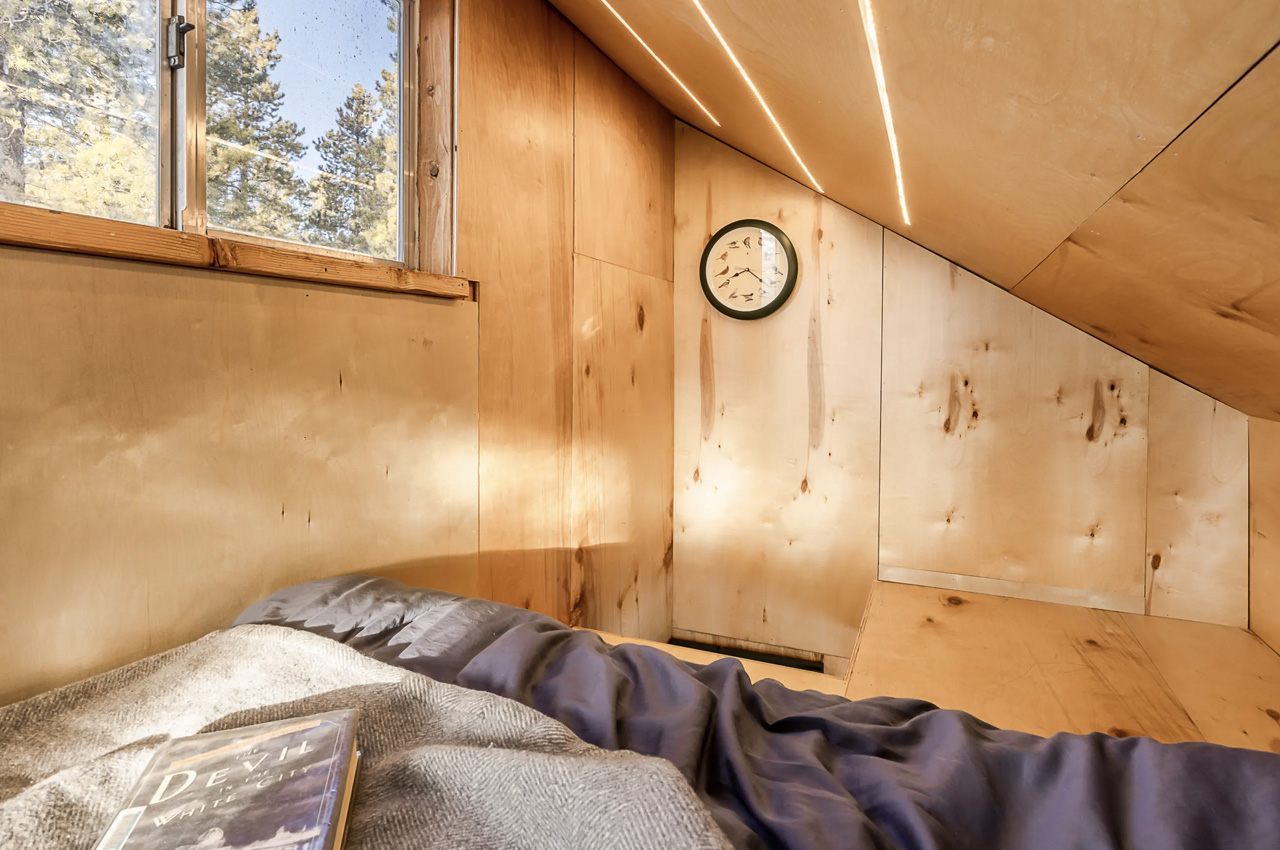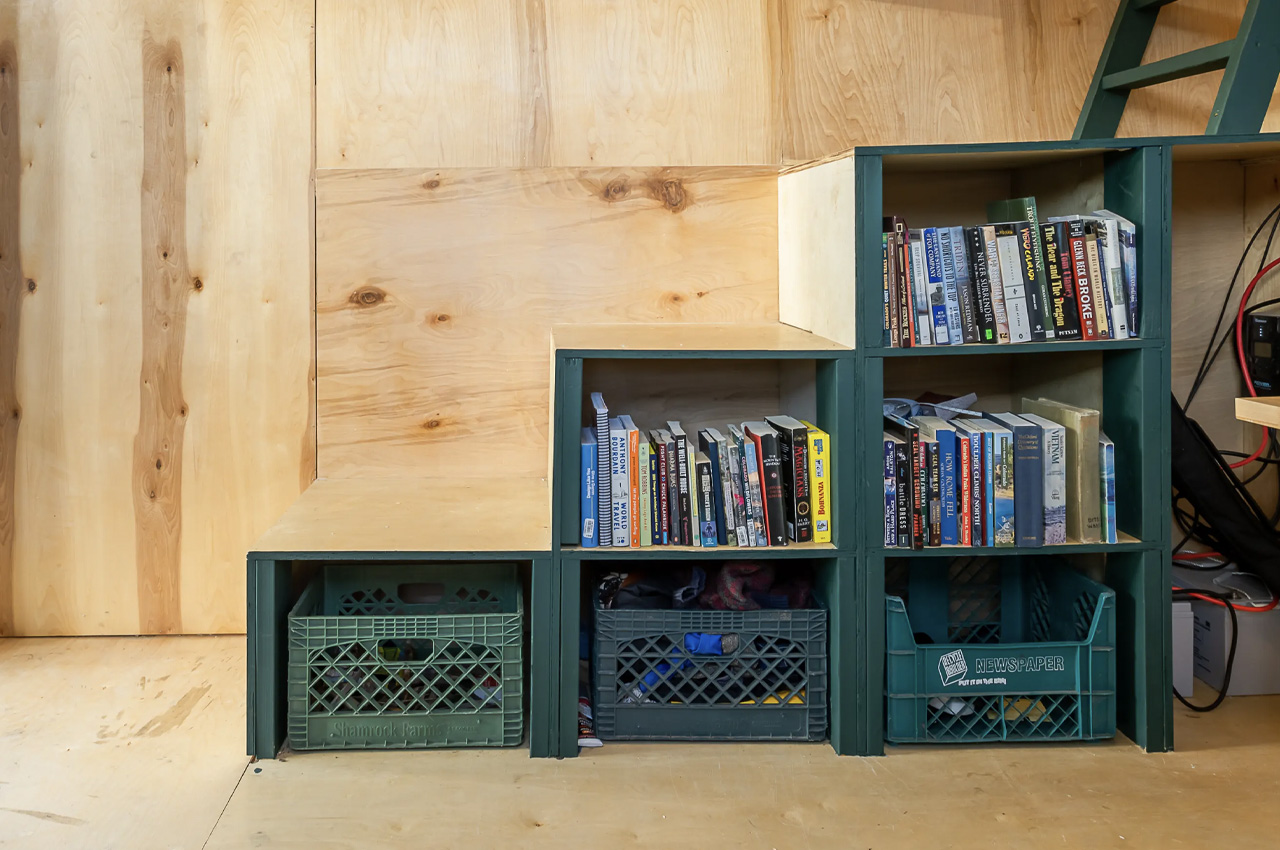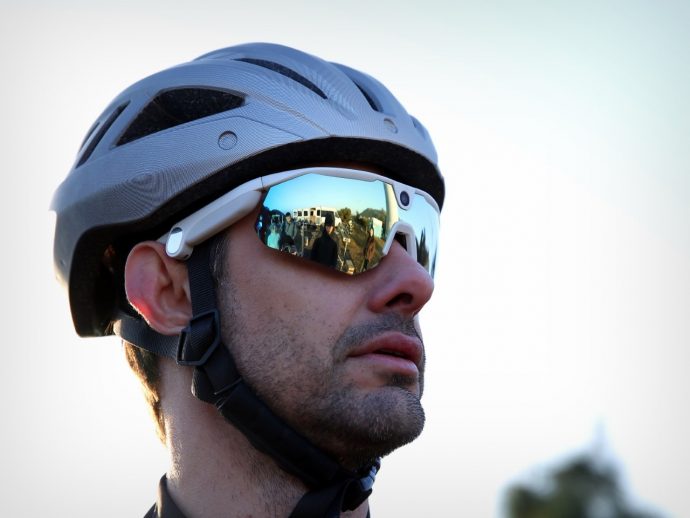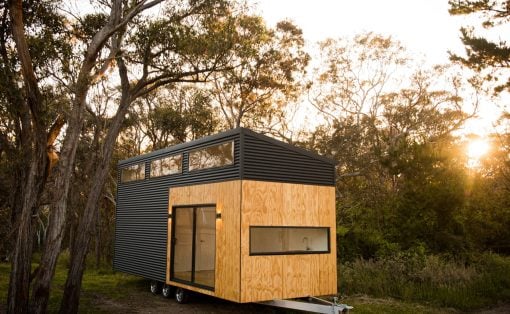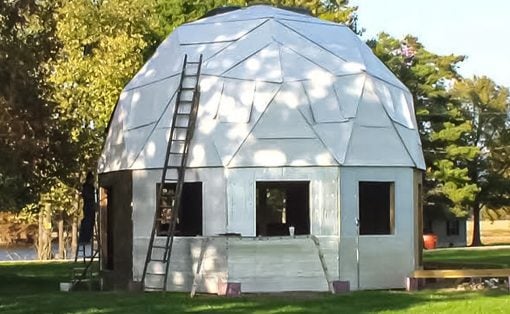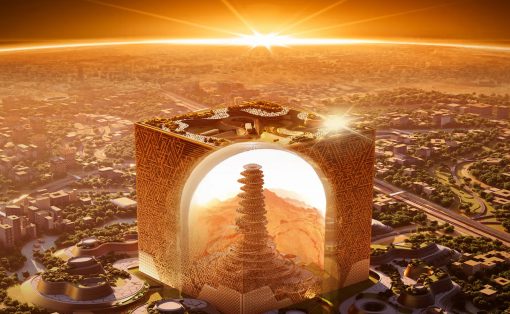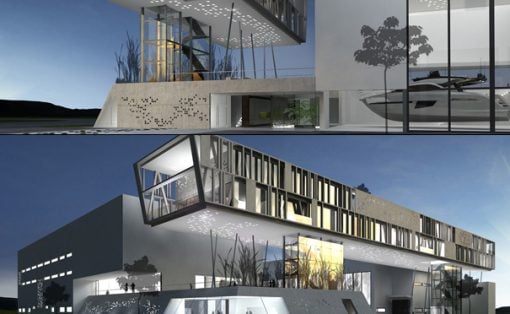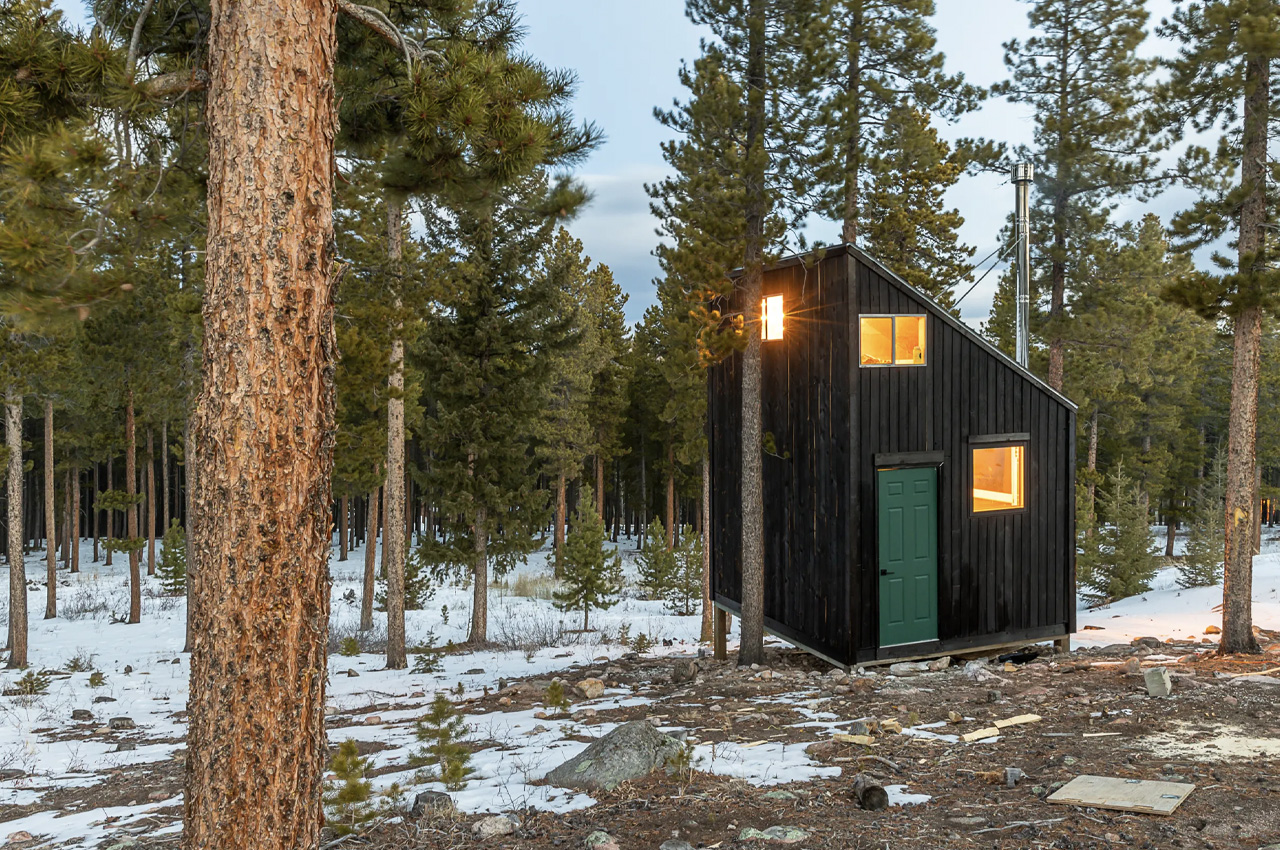
Designed by Architect Micheal Quirk, this quaint little micro-cabin is designed to display the efficiency of sustainable building practices. Dubbed the Magnolia Eco-Cabin, this dwelling is built using locally sourced and recycled materials. It runs off the grid using solar power. The cabin occupies 11 square meters and is located in a forest in Nederland, Colorado. The architect thought of the cabin while he was serving on the Colorado Green Building Guild Board.
Designer: Micheal Quirk
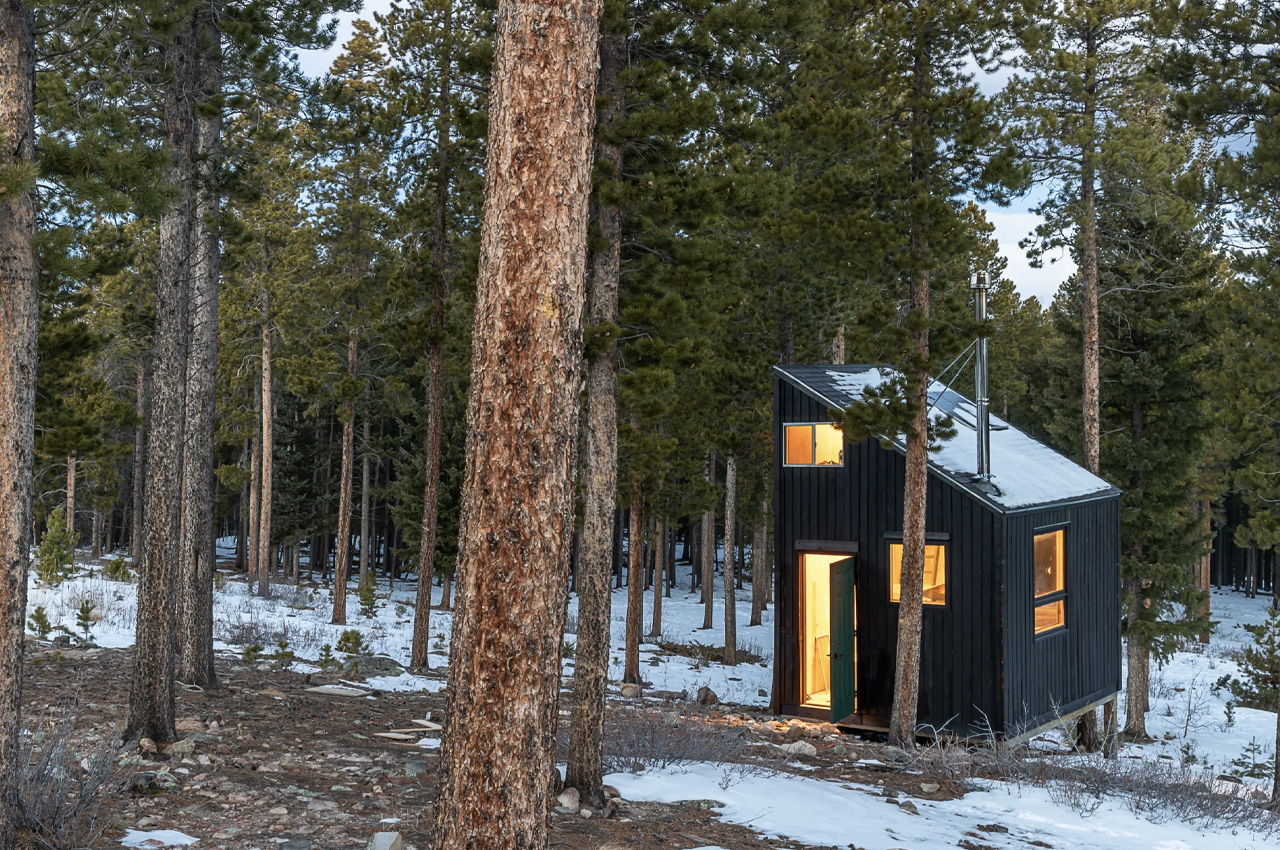
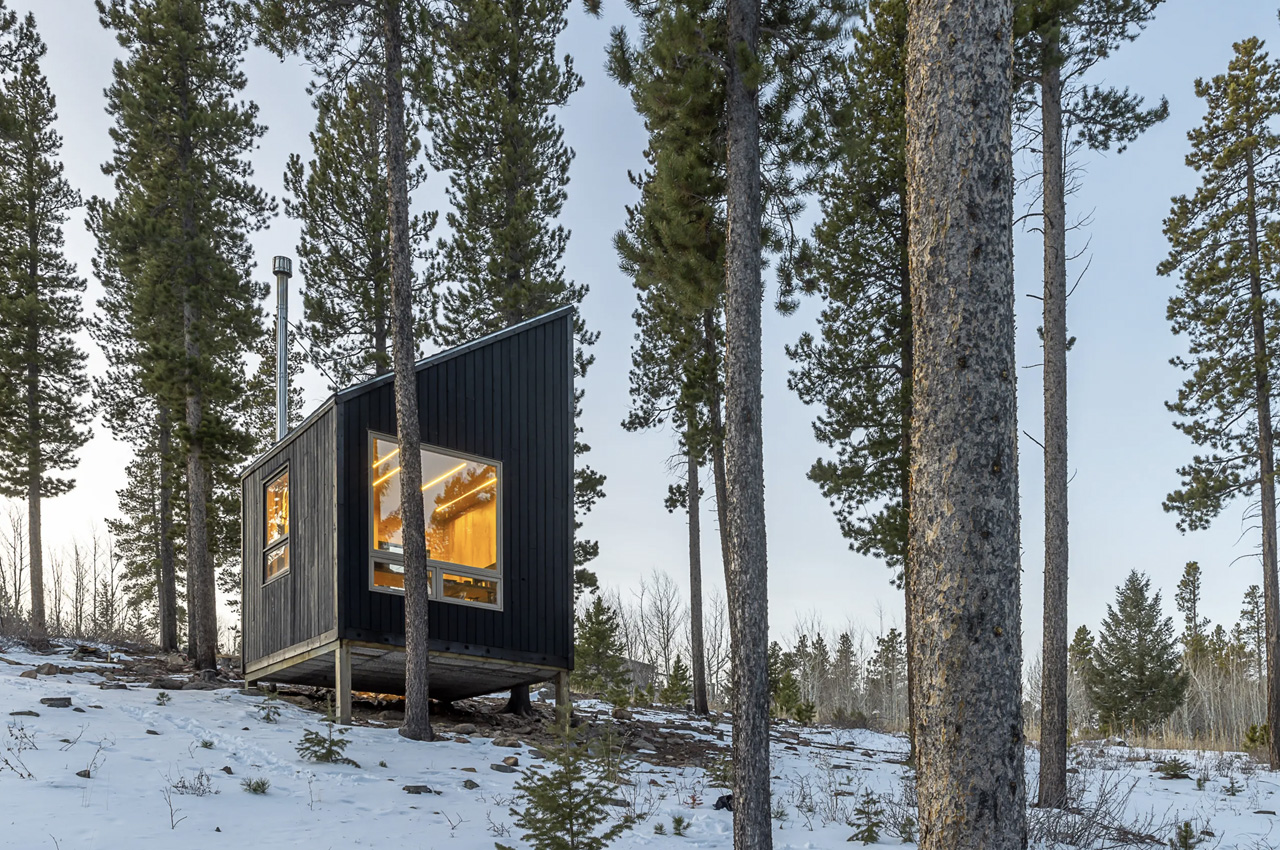
“The carbon-negative, eco tiny home was an idea that I came up with while on the Colorado Green Building Guild board, to highlight some of our members who are building material suppliers and also carbon negative/net zero energy building techniques,” said Quirk. “The cabin is successful in sequestering carbon through the organic nature of the materials used to build it.”
The Magnolia Eco-Cabin has a finishing of locally sourced birch plywood mixed with reused treated cedar shiplap siding, and pine wood siding. The mixture was charred using the Japanese technique Shou Sugi Ban to protect and preserve the exterior of the cabin. Metal panels are also incorporated, which were the leftovers from Quirk’s other architectural projects. In fact, the windows and doors are reused as well. The insulation comprises a mixture of hempcrete and hemp wool.
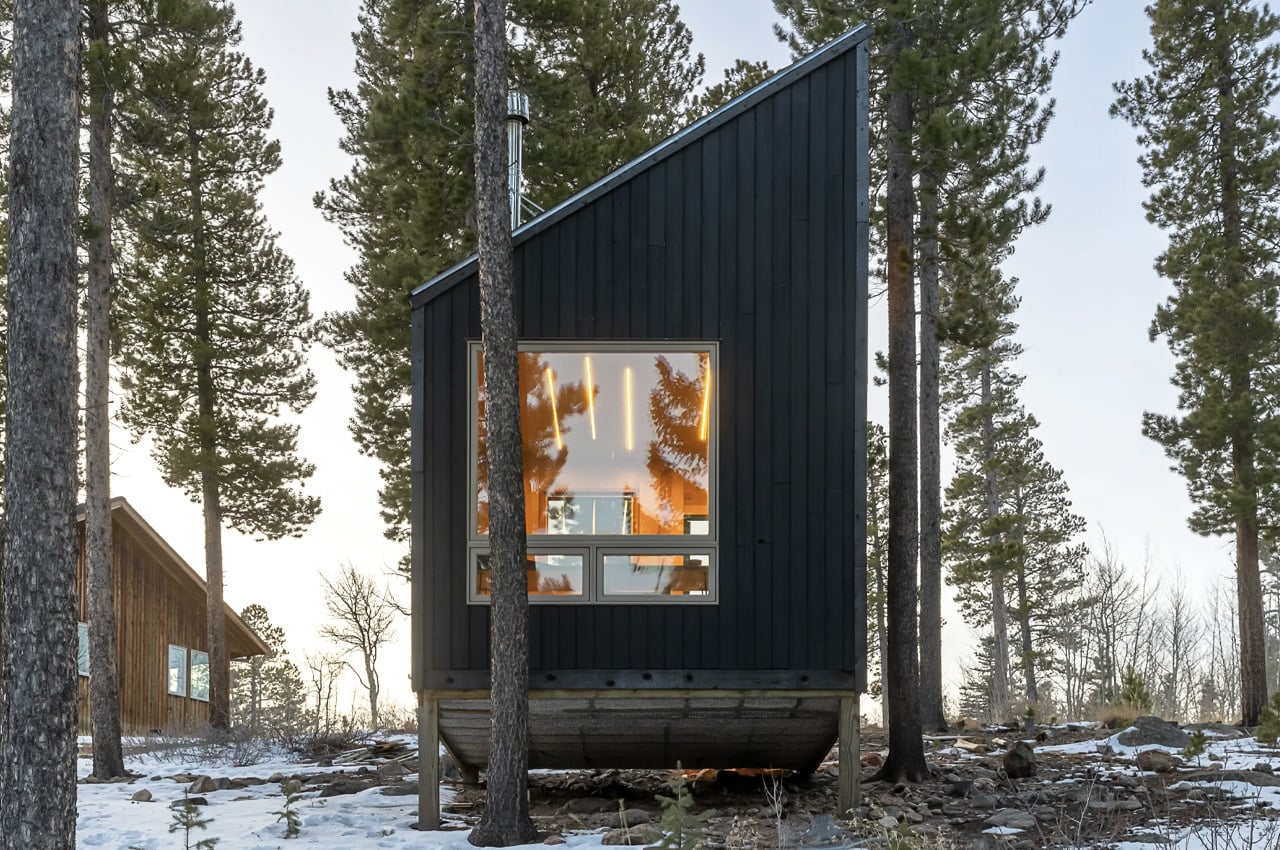
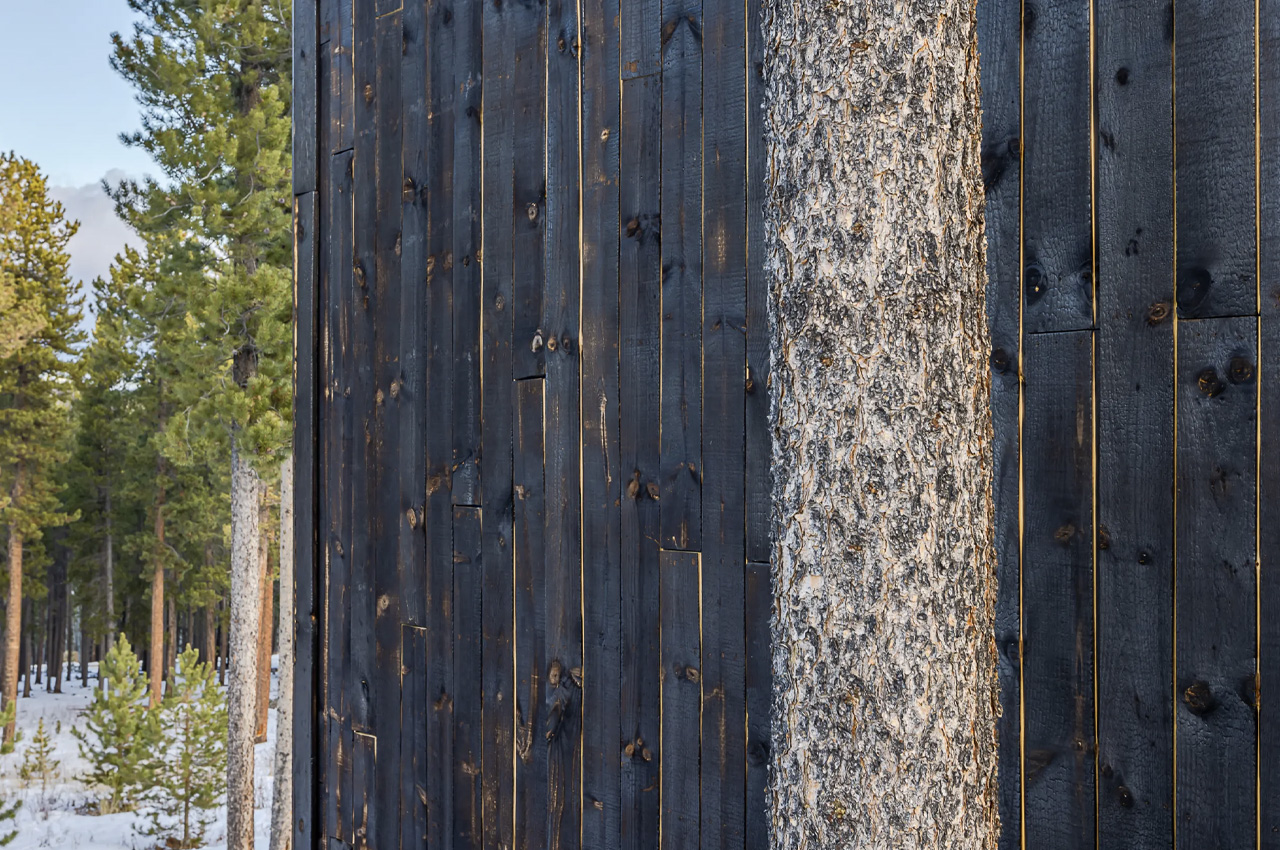
As you enter the cabin, you are welcomed by a space that is simple and basic. It includes two rooms which span over two floors. The ground level is occupied by a firewood storage area, a wood-burning stove, as well as a dining/work table with a chair. The table and chair are positioned next to a window, which offers a lovely view of the forest. Storage-integrated stairs and a small ladder lead you to the bedroom. The bedroom is like most typical tiny house bedrooms. It is equipped with a low ceiling, a double bed, and some glazing. The house seems quite comfortable and cozy, even though it is pretty simple.
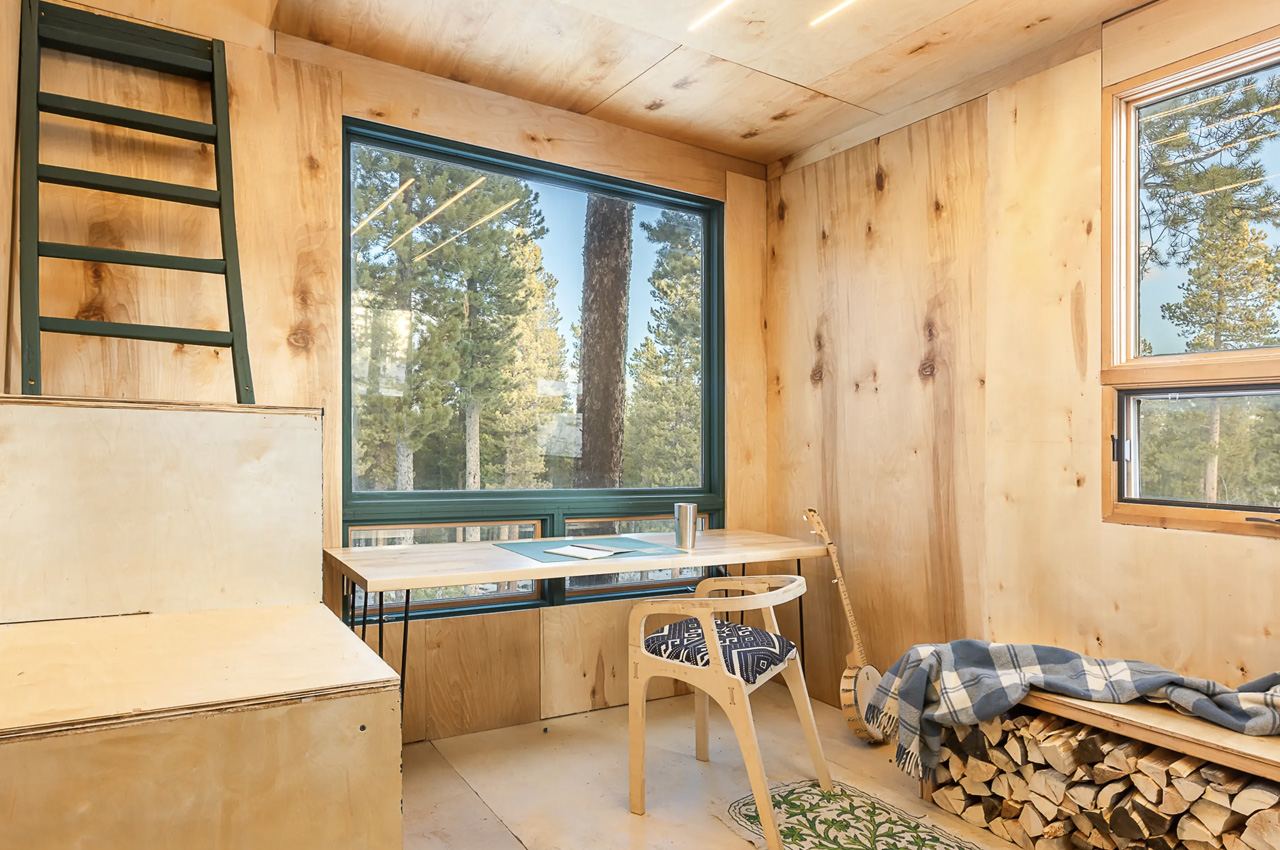
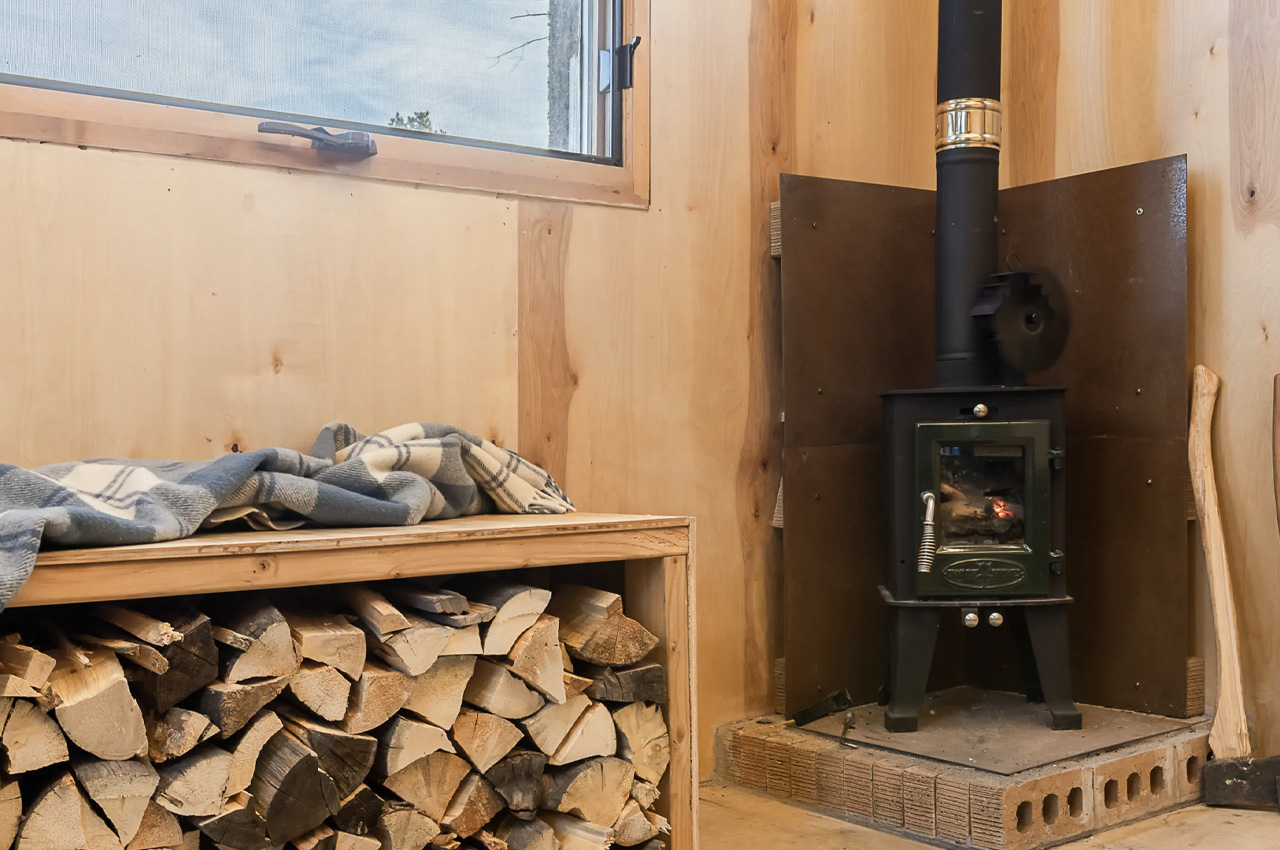
The home also includes a roof-based solar panel array, which is attached to batteries, to power the home when the sun is not out. The cabin does have a few drawbacks as it doesn’t feature a bathroom or a kitchen. And it also lacks running water. So it is definitely an inconvenient space to stay in for longer than a day in my opinion.
